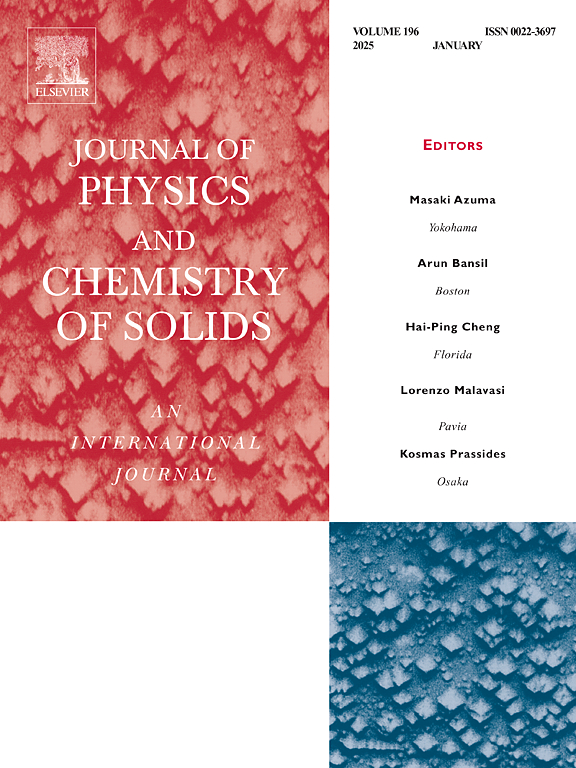Advances in two-dimensional Sn-based anode materials for K-ion batteries: structural features, mechanisms, and challenges
IF 4.3
3区 材料科学
Q2 CHEMISTRY, MULTIDISCIPLINARY
引用次数: 0
Abstract
The scarcity of lithium resources and the limited storage capacity of commercial lithium-ion batteries (LIBs) anodes have driven interest in potassium as a promising alternative. With its abundance, low cost, and energy storage mechanism similar to LIBs, potassium-ion batteries (PIBs) have emerged as a viable substitute. PIBs offer several advantages, including significant potential for large-scale energy storage, high operating voltage, and low production cost. Among the various anode materials for PIBs, two-dimensional (2D) tin-based materials, such as tin-based oxides, chalcogenides, carbides, and phosphides, have acquired significant attention due to their unique properties. This review comprehensively analyses recent advances in 2D tin-based anode materials for PIBs, focusing on their structural features, simulation methodologies, and potassium storage mechanisms. The correlation between structural features and electrochemical performance is thoroughly examined, alongside key strategies to enhance their performance. Various modification techniques to improve potassium storage capabilities are discussed in detail, as are the challenges and limitations associated with applying tin-based monolayers in PIBs. Finally, practical solutions are proposed to address these challenges, paving the way for developing high-efficiency PIBs in the future.
求助全文
约1分钟内获得全文
求助全文
来源期刊
CiteScore
7.80
自引率
2.50%
发文量
605
审稿时长
40 days
期刊介绍:
The Journal of Physics and Chemistry of Solids is a well-established international medium for publication of archival research in condensed matter and materials sciences. Areas of interest broadly include experimental and theoretical research on electronic, magnetic, spectroscopic and structural properties as well as the statistical mechanics and thermodynamics of materials. The focus is on gaining physical and chemical insight into the properties and potential applications of condensed matter systems.
Within the broad scope of the journal, beyond regular contributions, the editors have identified submissions in the following areas of physics and chemistry of solids to be of special current interest to the journal:
Low-dimensional systems
Exotic states of quantum electron matter including topological phases
Energy conversion and storage
Interfaces, nanoparticles and catalysts.

 求助内容:
求助内容: 应助结果提醒方式:
应助结果提醒方式:


